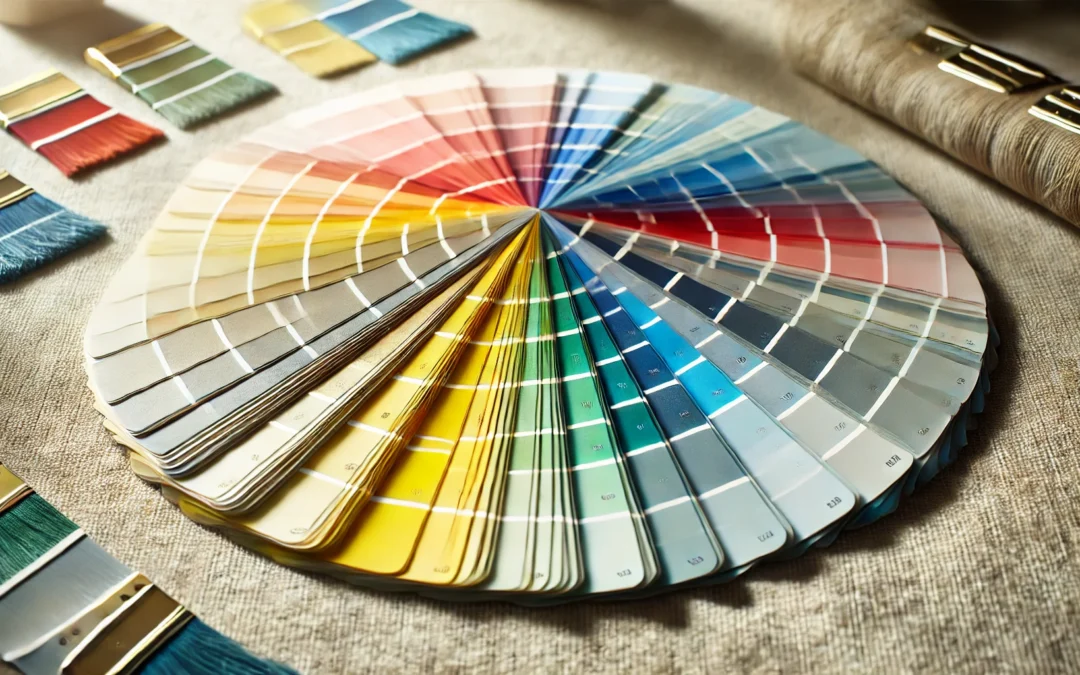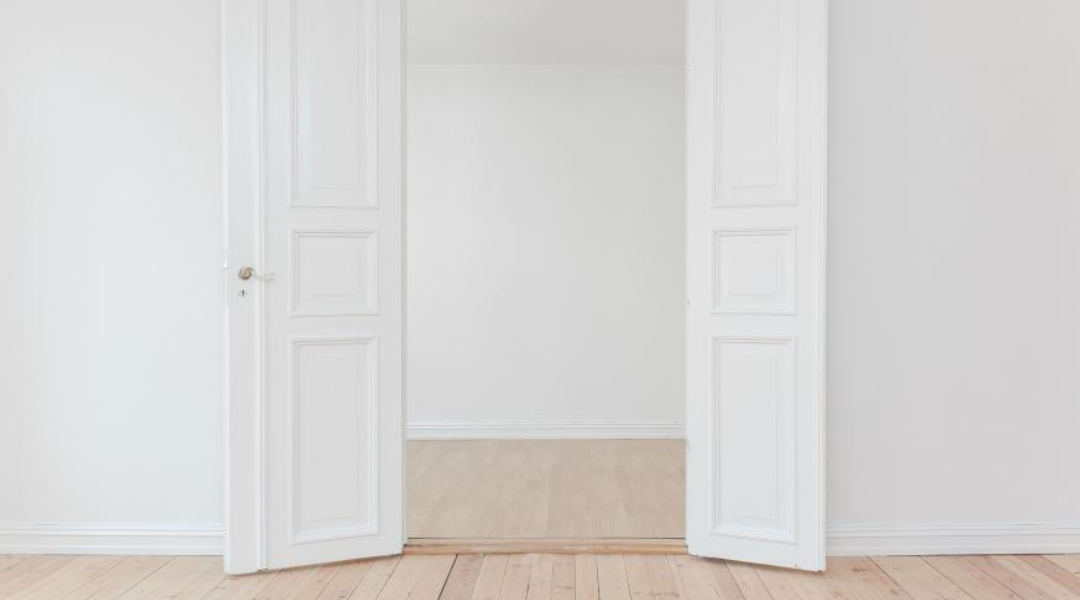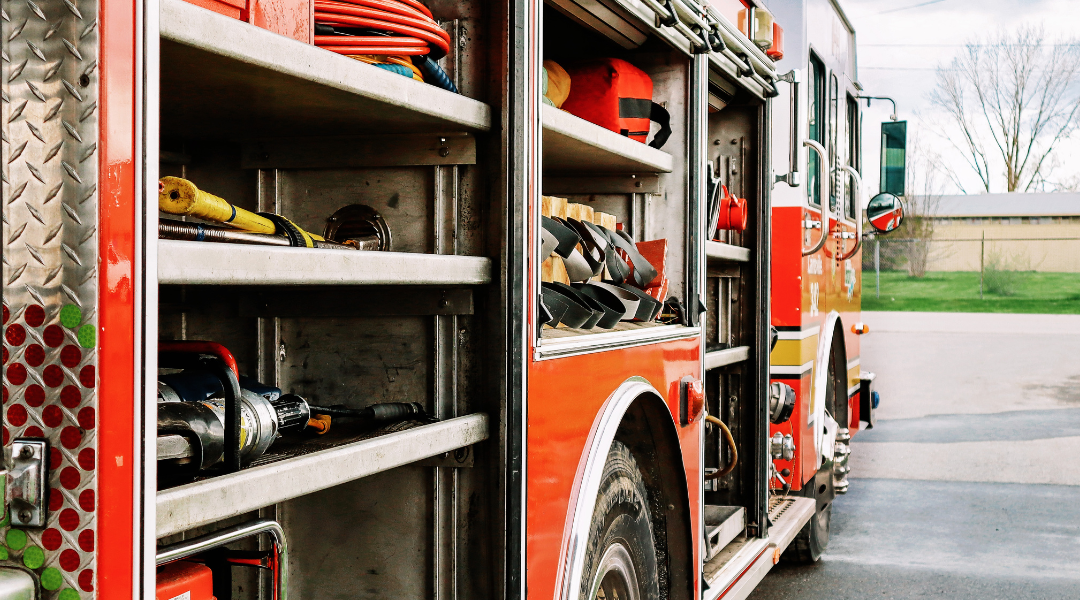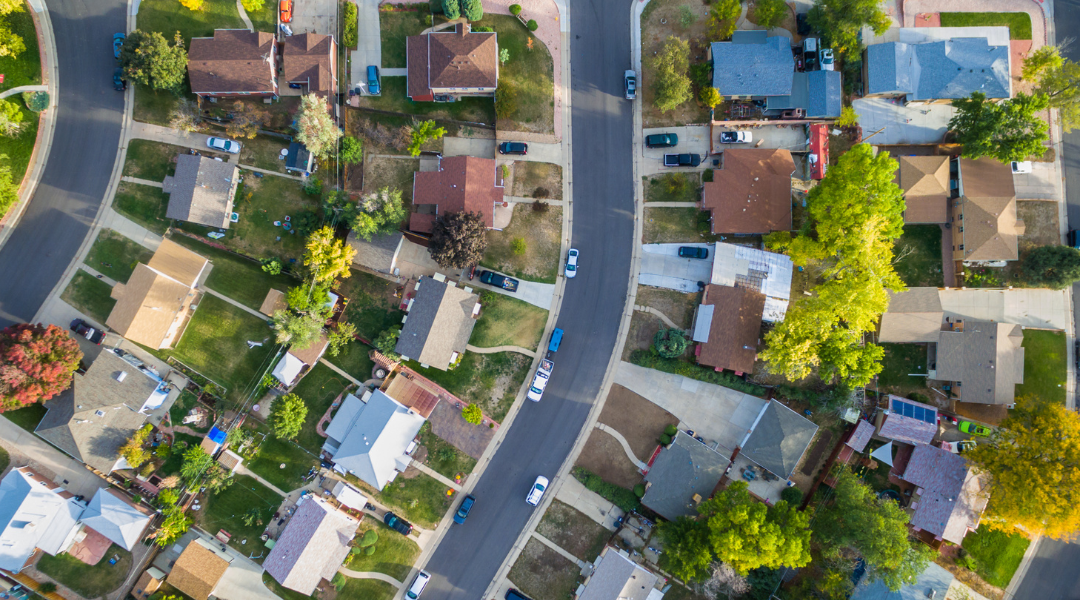Is your home infested with dog hair? If so, you may need to up your brushing game. We sat down with our lead groomer Lisa, who has over 15 years of experience, and had her explain the benefits of frequent brushing and an easy way to do it.
Why Brush Your Dog?
Brushing your dog regularly helps to remove dead hair, thus reducing shedding (and keeping your carpet clean). It also prevents mats from forming, which are a hassle to remove if not treated promptly. Brushing them out is also painful for your dog! Frequent brushing also removes dirt from your dog’s coat and provides an opportunity to perform a health scan on your dog’s body by looking for fleas, bumps, irritated skin, etc.
The Tools You’ll Need
The two essential tools you’ll need are a slicker brush and a standard metal comb. A slicker brush is the kind that has the soft metal pins in it. The pins are spaced closely together and often have an angle at the end. The pins do a good job of separating the hair so that tangles begin to unwind. Lisa recommends using a soft, long-bristle slicker brush to reduce the risk of brush-burn. The metal comb will usually have two sections: one where the teeth are close together and another where the spacing is slightly wider. When you encounter a tangle, you can often use the brush to hold surrounding hair out of the way and the comb to pull loose individual hairs one at a time. Sometimes you have to cut through a knot to loosen things up. When this happens, just cut the knot straight through in the same direction that the hair is growing. Think vertical and not horizontal.
The Technique
The best strategy for undertaking the project is to brush one small section at a time. If your dog has long hair, you may need to use one hand to part the hair, and the other to brush it. Consider where to start by thinking about where your dog is most sensitive or what area needs the most work. You will want to start in an area that is easy to work with to get some momentum going and get your pet acclimated to the task. Once you’re in the grove, start working on a difficult area very gently while the dog still has some patience left. Leaving the hardest bits to the end might mean that they get missed altogether. Sometimes multiple sessions are required over the course of a day to get through it all. If you have a partner who can offer some peanut butter from time to time, this will often produce a boost of compliance.
Don’t neglect the legs! Many owners will brush their dog with good intentions, but completely forget to brush the legs. The leg hair is more prone to becoming matted than a dog’s back hair, so it’s important not to miss it.
When you think you’re done brushing and there are no more tangles, use your metal comb to check your work. If you comb through the hair and hit a snag, you’ve encountered a tangle and should target that area for additional brushing.
Brush-burn Warning
A very important thing to keep in mind while brushing is to let the brush do the work. Using too much pressure against the skin will result in irritation and potentially bleeding. If you do notice that you broke the skin, you need to treat it immediately to prevent infection. Lisa recommends antibiotic cream or ointment as a remedy. Make sure to keep an eye on the affected skin to see if it’s getting better. As with any issue your pet may have, get your dog to a vet as soon as possible if the burn is not healing.
In addition to regular at-home care of your dog’s coat, it’s equally important to schedule regular grooming appointments to maintain your dog’s healthy coat. You can take your dog to a salon, or you could enlist a mobile grooming service. If you’re in need of a mobile grooming service, please check out our buyer’s guide on mobile grooming to aid you in selecting a quality service.












